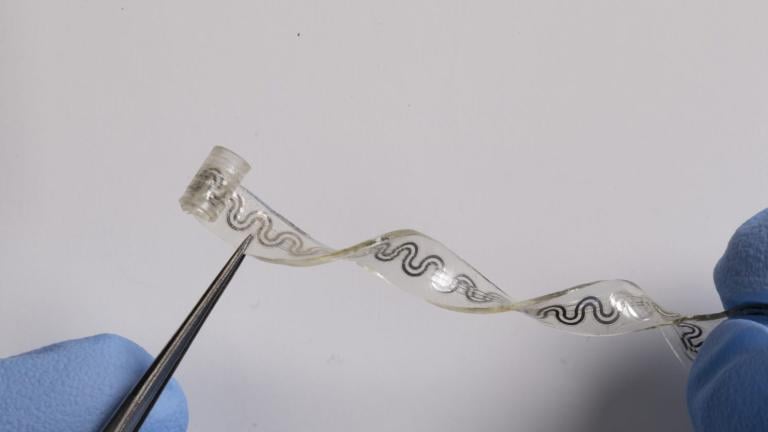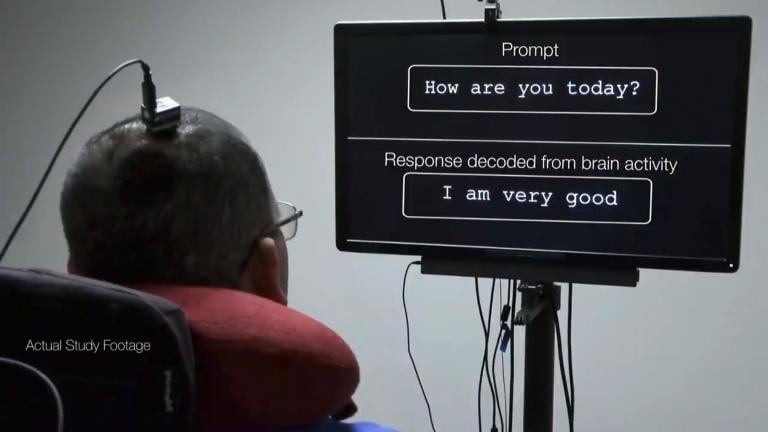Video: A man receives the first pig heart transplant (Warning: graphic content). Astronomers witness a star go supernova. Researchers identify a biomarker of depression. And a goldfish goes for a drive. Rabiah Mayas, of the Museum of Science and Industry helps us understand some science stories making headlines around the world.
Doctors Transplant Pig’s Heart Into Human Patient for First Time
Doctors at the University of Maryland announced Monday that they had transplanted a genetically modified pig’s heart into a dying man who was ineligible for a human heart transplant. The patient, 57-year-old Maryland resident David Bennett had the surgery last Friday.
“It was either die or do this transplant. I want to live. I know it’s a shot in the dark, but it’s my last choice,” said Mr. Bennett, the patient, a day before the surgery was conducted. He had been hospitalized and bedridden for the past few months. “I look forward to getting out of bed after I recover.”
If the heart, which has been genetically modified in an effort to prevent rejection, proves viable then doctors hope such operations could become an option for patients currently unable to receive a human heart transplant.
Astronomers Witness Red Giant Star Going Supernova
Astronomers at Northwestern University and the University of California, Berkeley have watched a red giant star go supernova for the very first time.
Researchers were able to observe the giant star for 130 days until it collapsed into a type II supernova.
“This is a breakthrough in our understanding of what massive stars do moments before they die,” said Wynn Jacobson-Galán, the study’s lead author. “Direct detection of pre-supernova activity in a red supergiant star has never been observed before in an ordinary type II supernova. For the first time, we watched a red supergiant star explode.”
See: Astronomers Capture Red Supergiant’s Death Throes
Researchers Discover Biomarker for Depression
Researchers at UIC say they are close to developing a blood test for depression. In a new proof of concept study, researchers led by Mark Rasenick, University of Illinois Chicago distinguished professor of physiology and biophysics and psychiatry, have identified a biomarker in human platelets that tracks the extent of depression. The research team found depressed people had decreased levels of adenylyl cyclase – a molecule inside the cell wall that is made in response to neurotransmitters such as serotonin.
“What we have developed is a test that can not only indicate the presence of depression but it can also indicate therapeutic response with a single biomarker, and that is something that has not existed to date,” said Rasenick, who is also a research career scientist at Jesse Brown VA Medical Center.
See: Researchers Identify Biomarker for Depression, Antidepressant Response
Goldfish Driving
It sounds surreal, but scientists in Israel have taught a goldfish to drive.
Researchers at Ben-Gurion University of the Negev wanted to explore whether an animal’s navigational abilities were innate or restricted to their home environments. The experiment they devised put a set of wheels under a goldfish tank with a camera system to record and translate the fish’s movements into forward, back and side-to-side directions to the wheels.
The goldfish quickly learned to navigate toward a target.
“The study hints that navigational ability is universal rather than specific to the environment. Second, it shows that goldfish have the cognitive ability to learn a complex task in an environment completely unlike the one they evolved in. As anyone who has tried to learn how to ride a bike or to drive a car knows, it is challenging at first,” says Shachar Givon, a Ph.D. student in the Life Sciences Department in the Faculty of Natural Sciences.
See: Can a Goldfish Drive a Car on Land?








